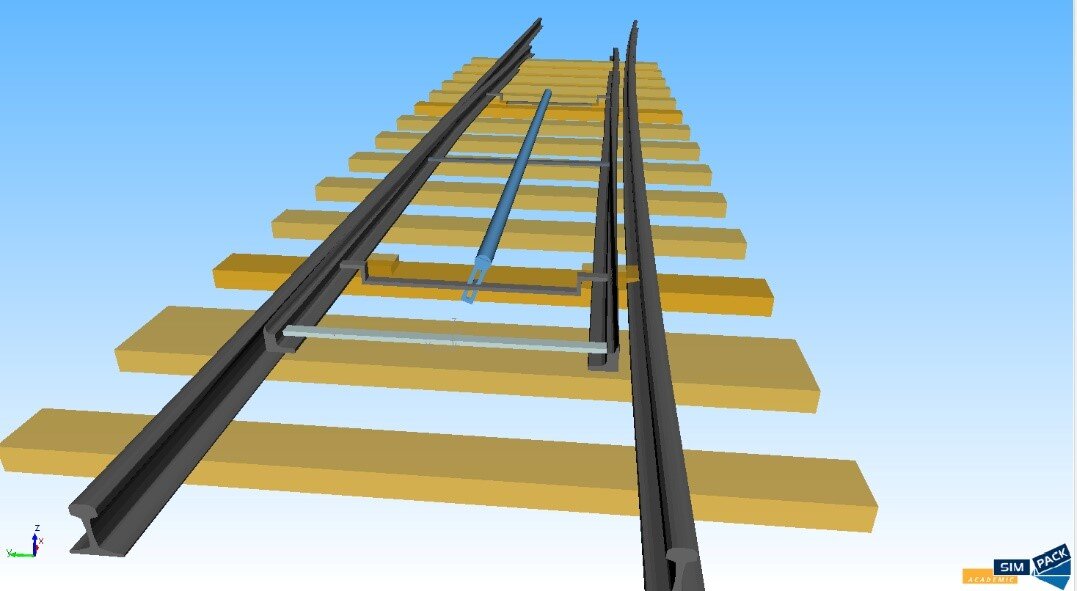A dynamic new design for a self-adjusting railway track switch could reduce both journey delays and maintenance costs
From Proceedings of the Institution of Mechanical Engineers, Part F: Journal of Rail and Rapid Transit
By Saikat Dutta
“The railways have been through major innovations in the past two centuries, but despite such ground-breaking innovations, regular commuters, however, are more commonly concerned about the regular delays. These disruptions caused largely due to switch failures, which added to 18.3% of the total delay in minutes in the UK between 2008-11. Railway switches (or points, for readers in the UK) are the mechanisms installed on the tracks, mainly junctions where they branch off, enabling the change of lines or routes of the trains. Failure in the switch systems, not only contribute to delay of the network but can occasionally lead to fatal accidents, like Derailment at Grayrigg (2007). The traditional switch actuators run in open loop configuration and lack self-adjusting capabilities within the control unit. This article proposes a new algorithm to control the movement of the switch rails using a closed loop feedback controller and a self-adjusting algorithm which is able to accommodate misalignment in the switch layout within a predefined acceptable range. The article presents two new concepts in modelling and controlling the switch system.
Multibody Simulation (MBS) model of switch system prepared in Simpack
Firstly, the modelling approach is the first time when a full switch system is modelled considering the three aspects of modelling; multibody simulation (using Simpack), Controller (Simulink), and rail bending (Finite Element Analysis in Abaqus). The newly developed high fidelity dynamic model of the track switch is capable to predict the movement of the switch actuator and the bending of the rails during the switching action. The experimental results from a working switch system validate the modelling data and this model is used to design the control algorithm and check its functionality.
Secondly, in the operating railway environment, it is common that the stock rails are misaligned to the adjacent switch rails. To prevent any failure of the network, these switches are inspected and maintained regularly. The corrective maintenance process along with the scheduled maintenance for the switches involve a huge cost and the networks connected to those switches during these periods also remain unavailable which limits the capacity of the network. The designed self-adjusting controller is the first closed loop controller developed for the switch actuation and it aims to reduce the faults due to misalignment and controlling the movement of the switch. The scheduled maintenance process in a railway includes high expenses and the developed controller can reduce this by a considerable amount.”
Article details
A new approach to railway track switch actuation: Dynamic simulation and control of a self-adjusting switch
Saikat Dutta, Tim Harrison, Christopher Patrick Ward, Roger Dixon, Tara Scott
First Published August 27, 2019 Research Article
DOI: 10.1177/0954409719868129
From Proceedings of the Institution of Mechanical, Part F: Journal of Rail and Rapid Transit
About


Saikat Dutta is a research fellow in Railway Mechatronics Systems in Birmingham Centre for Railway Research and Education at the University of Birmingham. His research interests include mechatronics, dynamic modelling and simulation, vehicle dynamics, control systems design